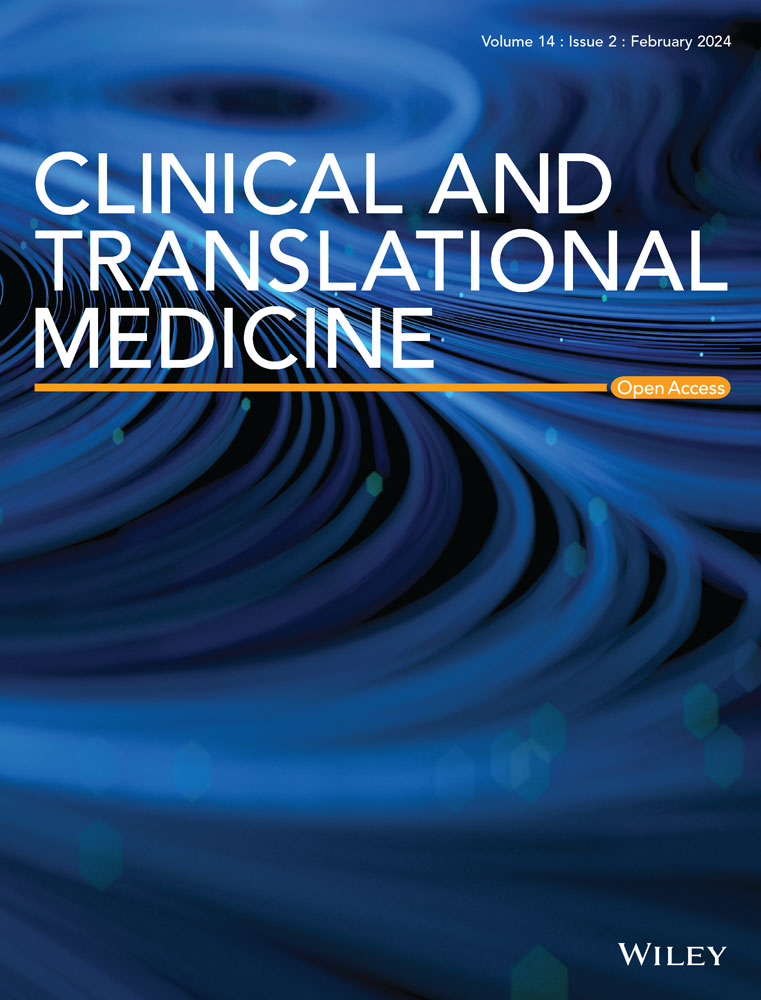Deciphering the secret codes in N7-methylguanosine modification: Context-dependent function of methyltransferase-like 1 in human diseases
Abstract
N7-methylguanosine (m7G) is one of the most prevalent post-transcriptional modifications of RNA and plays a critical role in RNA translation and stability. As a pivotal m7G regulator, methyltransferase-like 1 (METTL1) is responsible for methyl group transfer during the progression of m7G modification and contributes to the structure and functional regulation of RNA. Accumulating evidence in recent years has revealed that METTL1 plays key roles in various diseases depending on its m7G RNA methyltransferase activity. Elevated levels of METTL1 are typically associated with disease development and adverse consequences. In contrast, METTL1 may act as a disease suppressor in several disorders. While the roles of m7G modifications in disease have been extensively reviewed, the critical functions of METTL1 in various types of disease and the potential targeting of METTL1 for disease treatment have not yet been highlighted. This review describes the various biological functions of METTL1, summarises recent advances in understanding its pathogenic and disease-suppressive functions and discusses the underlying molecular mechanisms. Given that METTL1 can promote or inhibit disease processes, the possibility of applying METTL1 inhibitors and agonists is further discussed, with the goal of providing novel insights for future disease diagnosis and potential intervention targets.
Key points
- METTL1-mediated m7G modification is crucial for various biological processes, including RNA stability, maturation and translation.
- METTL1 has emerged as a critical epigenetic modulator in human illnesses, with its dysregulated expression correlating with multiple diseases progression and presenting opportunities for both diagnostic biomarker development and molecular-targeted therapy.
- Enormous knowledge gaps persist regarding context-dependent regulatory networks of METTL1 and dynamic m7G modification patterns, necessitating mechanistic interrogation to bridge basic research with clinical translation in precision medicine.


 求助内容:
求助内容: 应助结果提醒方式:
应助结果提醒方式:


